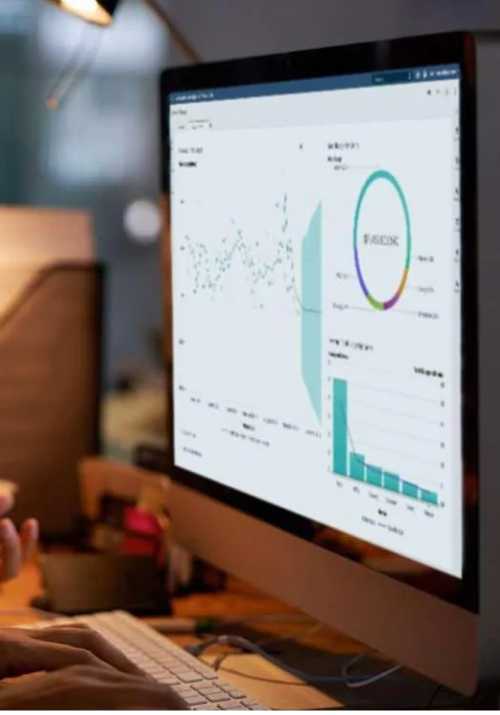Business Intelligence (BI) refers to the technologies, applications, and practices used to collect, integrate, analyze, and present business data to support decision-making within organizations. BI systems gather data from various sources, such as internal databases, enterprise applications, and external sources, and transform it into actionable insights through reporting, dashboards, and data visualization tools. BI enables stakeholders at all levels of an organization to access and interpret data in a user-friendly format, facilitating data-driven decision-making. Key components of BI include data warehousing, ETL (Extract, Transform, Load) processes, OLAP (Online Analytical Processing), and self-service BI tools. BI is essential for organizations seeking to gain a competitive edge by leveraging their data assets to improve efficiency, identify opportunities, and address challenges.





